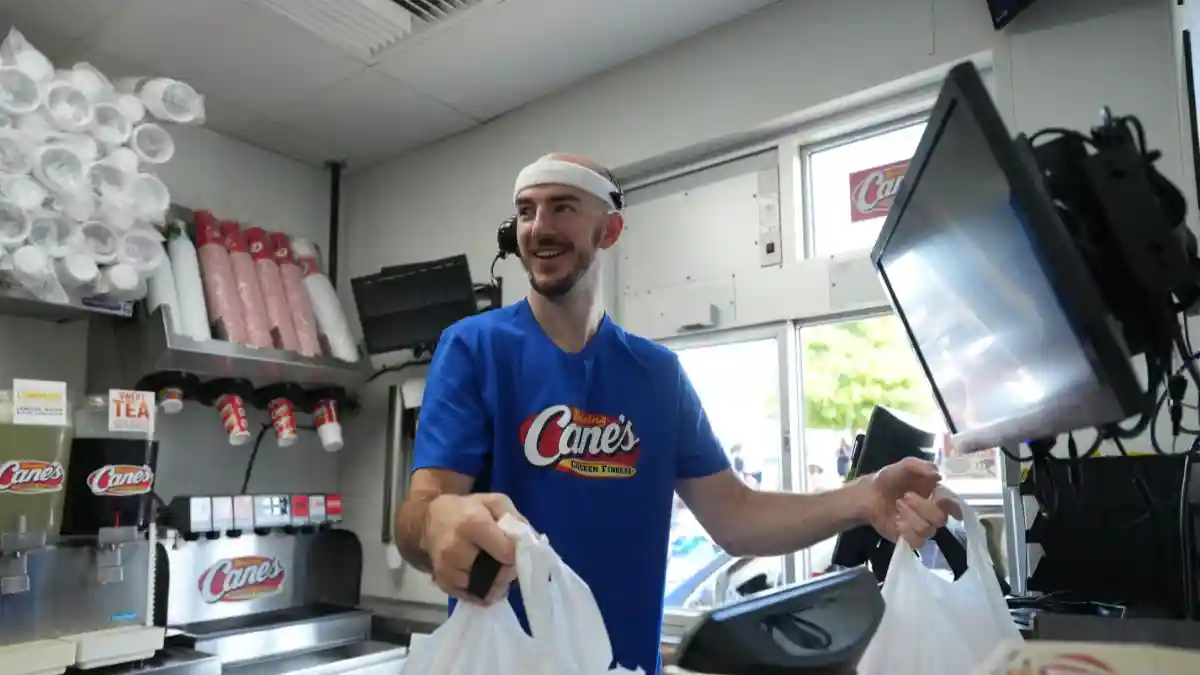New York City Unites with Boston, Baltimore, Connecticut, Philadelphia, and Newark as Record East Coast Heat Wave Ignites Urgent Travel Warnings and Rising Hot Car Deaths Threaten Child Safety, New Update for You Before American Independence Day Holiday Trips Start - Travel And Tour World
Saturday, June 28, 2025

New York City unites with Boston, Baltimore, Connecticut, Philadelphia, and Newark as a record East Coast heat wave ignites urgent travel warnings and rising hot car deaths threaten child safety — new update for you before American Independence Day holiday trips start.
Now, New York City stands under blazing skies, forging unity with Boston, Baltimore, Connecticut, Philadelphia, and Newark. Together, they brace as a record East Coast heat wave surge, sparking urgent travel warnings. Meanwhile, rising hot car deaths threaten child safety, casting a chilling shadow over holiday plans. Streets shimmer. Air ripples. New York City, Boston, Baltimore, Connecticut, Philadelphia, and Newark feel the heat pressing down, relentless and fierce.
However, the danger goes far beyond sunburns or sweaty afternoons. Urgent travel warnings pulse across news tickers. Rising hot car deaths paint a grim picture of risk lurking in everyday routines.
Moreover, parents now wonder: can they trust summer roads? Can they shield children from the deadly heat wave sweeping New York City, Boston, Baltimore, Connecticut, Philadelphia, and Newark?
As American Independence Day holiday trips start, tension crackles like fireworks waiting to ignite. So stay alert. New York City unites with Boston, Baltimore, Connecticut, Philadelphia, and Newark as a record East Coast heat wave escalates. Urgent travel warnings rise. Hot car deaths threaten child safety. And this new update for you could change every plan before American Independence Day holiday trips start.
A record heat wave is scorching the East Coast of the United States.
However, this isn’t just a weather story. It’s a crisis reshaping how families travel, how tourism officials plan, and how summer road trips might never look the same again.
So far in 2025, nine children have died after being left inside hot vehicles across California, Florida, Louisiana, Maryland, New Mexico, New Jersey, and North Carolina.
Five of those lives were lost in June alone.
Meanwhile, outside temperatures are shattering records. But it doesn’t have to be sizzling hot for disaster to strike.
Inside a parked vehicle, temperatures can skyrocket by 20 degrees in just 20 minutes. Even an 80-degree day can turn deadly fast.
Moreover, children’s bodies can heat up three to five times faster than adults. Their tiny frames and limited ability to sweat make them dangerously vulnerable.
In extreme cases, cabin temperatures have been recorded exceeding 150 degrees Fahrenheit.
As a result, a child left behind—even for moments—faces catastrophic risk.
For generations, the summer road trip has symbolized freedom, family fun, and discovery. However, in 2025, the deadly risk lurking in parked cars threatens to tarnish that American tradition.
Tourism boards across East Coast states now grapple with a grim reality. They’re issuing travel advisories reminding visitors and locals alike of the dangers of hot car deaths.
Moreover, hospitality and tourism sectors feel the ripple effect. Families worried about heat-related hazards may shorten trips, avoid longer driving routes, or cancel plans altogether.
The numbers are devastating.
In 2024, the U.S. recorded 39 child deaths from hot cars. In both 2018 and 2019, the toll reached a horrifying record of 53 fatalities each year.
Meanwhile, experts warn that 2025 could trend even higher if scorching temperatures persist.
No region is safe. Since 1998, every state except Alaska has reported hot car deaths.
However, the tragedy isn’t only about forgetting.
Distraction, routine changes, and even the frantic pace of modern life contribute to these heartbreaking outcomes.
A parent who doesn’t usually handle daycare drop-offs might simply forget the sleeping child in the backseat. Stress, multitasking, and emotional exhaustion create dangerous blind spots.
Moreover, hot car deaths cross all boundaries—social, economic, and professional. From doctors to teachers, no one is immune.
This growing crisis is forcing the travel industry to act.
Major hotel chains and roadside service areas are exploring digital signage and alerts to remind travelers never to leave children unattended.
Meanwhile, car rental companies are considering mandatory warnings on key fobs and dashboards. Some modern vehicles already prompt drivers to check the backseat before locking.
Moreover, tourism officials recognize that safety is now a brand issue. A single tragedy in a destination can ripple across headlines and social media, reshaping traveler perception.
Child safety advocates urge travelers to create habits and reminders.
Simple acts like placing a purse, wallet, or phone in the backseat force drivers to look before locking up. Some families leave stuffed animals upfront whenever a child is in the back as a visual cue.
Moreover, quick action saves lives. Bystanders are urged to call emergency services immediately if they spot a child alone in a vehicle.
Meanwhile, climate change intensifies this danger.
Each summer grows hotter. Weather extremes spike more frequently. The record-breaking East Coast heat wave serves as a grim preview of summers to come.
As temperatures soar, tourism boards must prepare for new challenges. Longer heat waves could impact everything from travel marketing to insurance claims tied to heat-related emergencies.
Moreover, the tourism economy relies on family travel. Parents wary of extreme heat or tragic headlines may pivot toward cooler destinations or indoor attractions, leaving outdoor destinations struggling.
Behind every statistic is unimaginable heartbreak. Families forever changed. Communities stunned into silence.
Meanwhile, fellow travelers may find themselves traumatized by witnessing a child in distress. Emergency responders face emotional scars from scenes they can’t unsee.
Moreover, travel influencers and social media voices amplify both the tragedy and the urgent call for awareness. Viral posts about hot car rescues serve as stark reminders of what’s at stake.
Some travel companies are stepping up.
Major airlines are reviewing training for shuttle drivers and ground staff to spot children left in vehicles at airport parking lots.
Hotels are developing programs to include safety reminders at check-in desks.
Meanwhile, tourism campaigns highlight family safety alongside sun-soaked beaches and cultural experiences. The message is clear: travelers want to relax—but they also demand reassurance.
As the American summer roars on, Virgin Atlantic flights touch down, families hit the highways, and attractions prepare for the holiday rush.
However, the shadows of heatstroke and hot car deaths linger.
Moreover, the East Coast’s record heat wave has transformed a hidden danger into a national conversation.
This summer, travel isn’t just about the destination. It’s about vigilance. It’s about ensuring every family member arrives safely—and returns home again.
Because no road trip, no vacation, and no journey is worth risking a child’s life.
«Enjoyed this post? Never miss out on future posts by following us»











